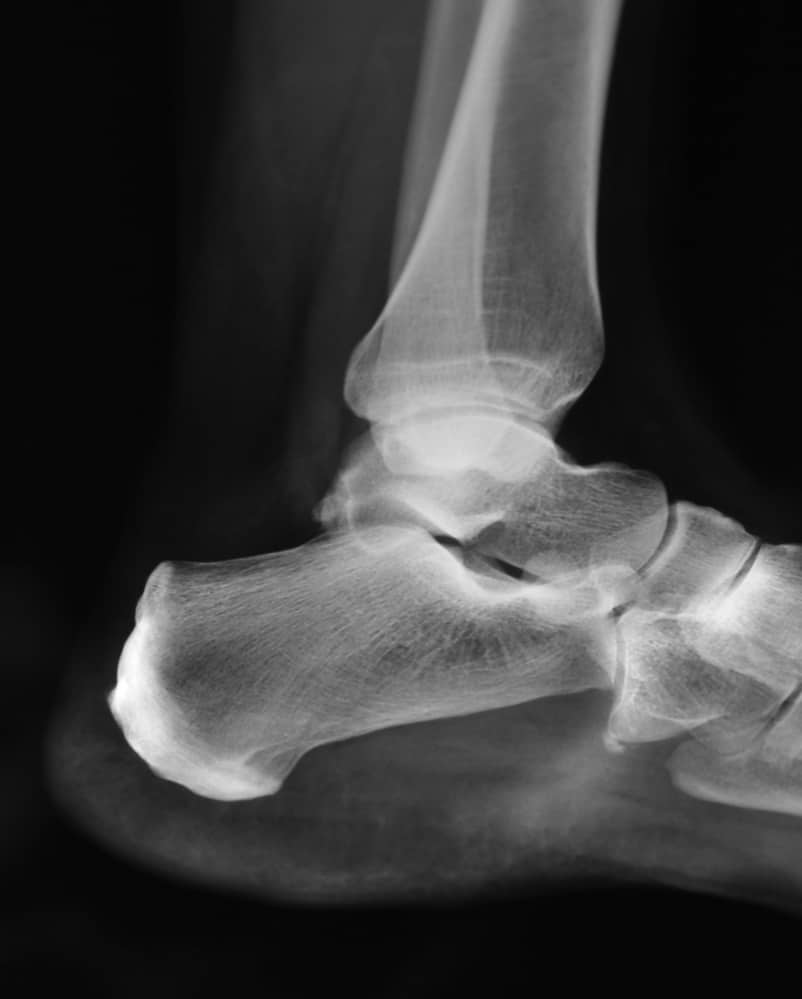
In the EMS field, it is not uncommon to have to care for intoxicated patients. Alcohol is often a factor in trauma. We sort of kept an informal record of the highest alcohol level we had seen in a patient. It is remarkable when you see a patient with a blood alcohol level of 5.2 (recall the legal definition of impaired is greater than 0.8) who is still walking and talking.
In addition to the typical effects of intoxication such as ataxic gait, slurred speech, and disinhibition of behavior, alcohol can sometime mask the pain of injury. This is why we don’t clear C-spine clinically in intoxicated patients.
I once saw a hunter who had sustained an injury to his ankle when he twisted it while hiking through the woods. This occurred about a quarter mile into the woods.
Prior to going out with his friends, he had consumed a copious amount of whiskey, as was his daily routine. Fortunately, he managed not to shoot himself or his fellow hunters as alcohol and firearms are generally not a good combination.
It was winter, and he at least he had the sense to dress for the weather so he did not suffer hypothermia in spite of his high alcohol level. In addition to long underwear and a heavy parka, he was wearing a pair of insulated high-top hunting boots.
After twisting his ankle, they remained in the woods for a couple of hours, but not seeing any deer and the fact his ankle was bothersome, they decided to head back to the cabin. So he limped the quarter mile back.
After a few more drinks at the cabin, he was still complaining of his ankle, so his friends brought him to the emergency department.
So when I saw him it was approximately 5 hours since the injury. He appeared mildly intoxicated. He actually walked into the ER with partial assistance from his friend.
After the story I assumed he likely had a bad sprain. That is, until I took off his boots. His right ankle was very swollen, ecchymotic, and unstable. Fortunately for him, CMS was intact to his toes. His X-ray showed a Trimalleolar fracture.
This is a combination of three fractures of the bony prominences of the ankle: the lateral malleolus, medial malleolus, and posterior distal tibia.
When this happens, ligaments also usually get disrupted and the joint is unstable. It’s time to call an orthopedic surgeon. It is amazing that he had been walking on this, but the boot acted as a pseudo splint and the alcohol numbed the pain.
This story is an example that alcohol is often associated with injuries, alcohol can mask the pain of an injury, and some people can be more impaired than they appear. Also, if you go on a long hike in the woods, wear sturdy boots.
In addition to the typical effects of intoxication such as ataxic gait, slurred speech, and disinhibition of behavior, alcohol can sometime mask the pain of injury. This is why we don’t clear C-spine clinically in intoxicated patients.
I once saw a hunter who had sustained an injury to his ankle when he twisted it while hiking through the woods. This occurred about a quarter mile into the woods.
Prior to going out with his friends, he had consumed a copious amount of whiskey, as was his daily routine. Fortunately, he managed not to shoot himself or his fellow hunters as alcohol and firearms are generally not a good combination.
It was winter, and he at least he had the sense to dress for the weather so he did not suffer hypothermia in spite of his high alcohol level. In addition to long underwear and a heavy parka, he was wearing a pair of insulated high-top hunting boots.
After twisting his ankle, they remained in the woods for a couple of hours, but not seeing any deer and the fact his ankle was bothersome, they decided to head back to the cabin. So he limped the quarter mile back.
After a few more drinks at the cabin, he was still complaining of his ankle, so his friends brought him to the emergency department.
So when I saw him it was approximately 5 hours since the injury. He appeared mildly intoxicated. He actually walked into the ER with partial assistance from his friend.
After the story I assumed he likely had a bad sprain. That is, until I took off his boots. His right ankle was very swollen, ecchymotic, and unstable. Fortunately for him, CMS was intact to his toes. His X-ray showed a Trimalleolar fracture.
This is a combination of three fractures of the bony prominences of the ankle: the lateral malleolus, medial malleolus, and posterior distal tibia.
When this happens, ligaments also usually get disrupted and the joint is unstable. It’s time to call an orthopedic surgeon. It is amazing that he had been walking on this, but the boot acted as a pseudo splint and the alcohol numbed the pain.
This story is an example that alcohol is often associated with injuries, alcohol can mask the pain of an injury, and some people can be more impaired than they appear. Also, if you go on a long hike in the woods, wear sturdy boots.

